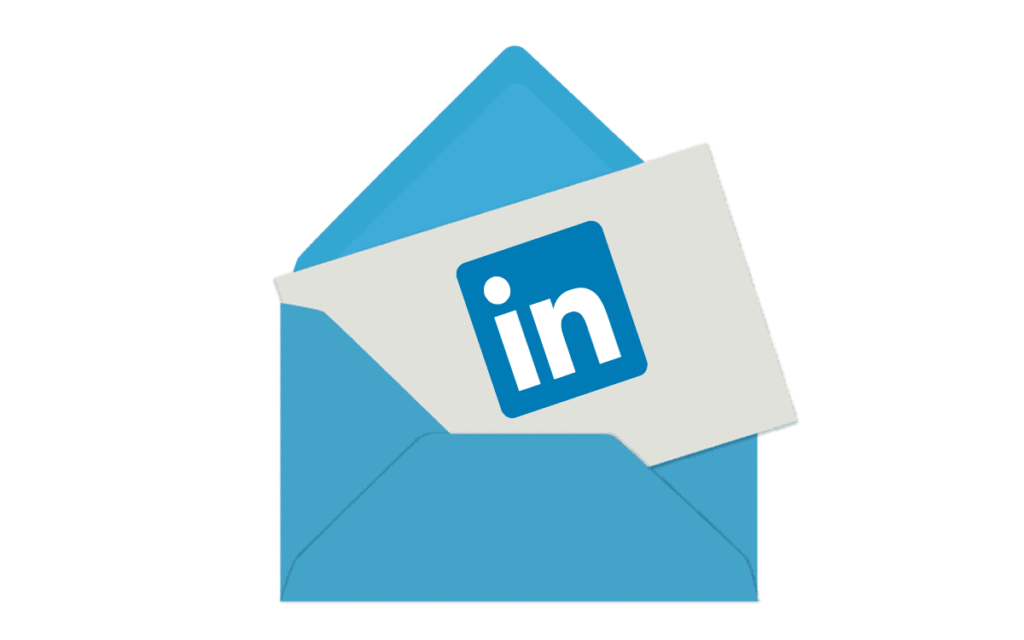I find LinkedIn inMails to be an effective tool if they are well written and well thought-out. I have also witnessed firsthand what I would consider lazy inMail messages.
Webster Definition: lazy
Lazy – adjective – la·zy | \ ˈlā-zē \
lazier; laziest
1a: disinclined to activity or exertion: not energetic or vigorous (The lazy child tried to avoid household chores.)
1b: encouraging inactivity or indolence (a lazy summer day)
2: moving slowly: SLUGGISH (a lazy river)
3: DROOPY, LAX (a rabbit with lazy ears)
4: placed on its side (lazy E livestock brand)
5: not rigorous or strict (lazy scholarship)
When I send an inMail, I like to share a bit about the role and why I am contacting the individual. It is nothing lengthy, but I have found it to be an effective messaging tool (I’m currently at a 43% response rate as of 11/13/2021). But this, this inMail I received really took me back:
Hi Keith,
Job Opportunity
Job Link: https: https://bit.ly/xxxxx
Fully Remote Job, 1 year contract on W2 Pay rate: $65/hr. on W2
Interested?
That’s it. That is the entire message. And no, not I’m not interested. Actually I’m very happy in my role and company.
Now, as some additional context, this message was sent by someone I have never spoken with previously. Sent to me with no context except for the URL, which I removed for the purpose of this post, and I found this to be lazy recruiting and terrible messaging. It was also sent by an agency which would concern me if I was the organization that is working with them.
It doesn’t take much to write a template in MS Word or another document system and edit/copy/paste to the appropriate person. Personalization goes a long way.
Yet I found this approach very generic and cold and just hope we can do better.
What are your thoughts on effective inMails?

